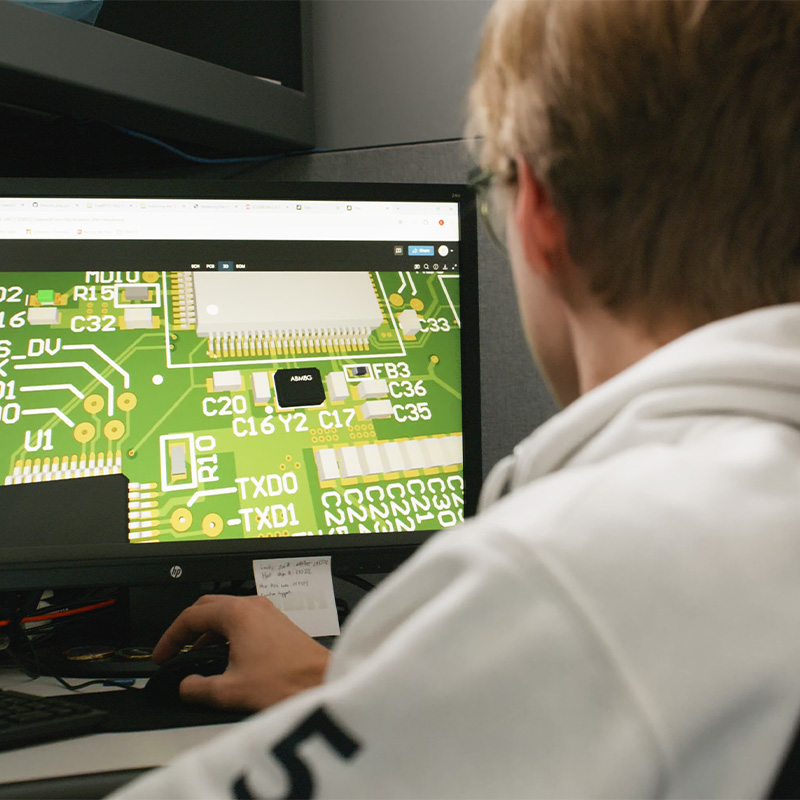In today’s fast-paced manufacturing world, efficiency and precision are more important than ever. Businesses are under pressure to produce higher-quality products in less time while managing labor shortages and increasing costs. One of the most effective solutions to meet these challenges is robotic integration. By incorporating automation into assembly lines, US machine builders like Hill Machinery Co. are helping manufacturers transform their operations with greater speed, accuracy, and reliability.
Improve Speed and Consistency
One of the greatest benefits of robotic integration in assembly processes is speed. Unlike human workers who may tire, slow down, or vary in performance, robots can operate continuously with consistent precision.
Automated systems are designed to repeat complex motions without deviation, ensuring each component is placed, fastened, or tested exactly the same way every time. This reduces errors and rework while allowing manufacturers to meet higher production targets without sacrificing quality.

Enhance Accuracy and Quality
In assembly operations, even small mistakes can create costly issues. Misaligned parts, loose fasteners, or uneven finishes may result in product failures or customer dissatisfaction. Robotic integration helps eliminate these risks by using advanced sensors, vision systems, and programmed precision to deliver exact results.
Robots can perform delicate tasks like micro-assembly in electronics or repetitive tasks like fastening in automotive production with the same level of accuracy, day in and day out. This ensures quality standards are met consistently across all units.
Remain Flexibility Across Applications
Modern robotic integration is not limited to large-scale, single-purpose assembly lines. Today’s systems are designed for flexibility, allowing them to handle multiple tasks or be reprogrammed as production needs change.
Whether it’s assembling small components, packaging finished products, or applying adhesives, robots can be integrated into a wide range of assembly processes. This adaptability makes robotic integration valuable not just for large manufacturers but also for mid-sized businesses seeking scalable solutions.
Reduce Labor Challenges
Many manufacturers are facing a shrinking labor pool, especially for repetitive, physically demanding, or potentially hazardous assembly tasks. offers a solution by taking on these roles, freeing human workers to focus on higher-level tasks such as programming, quality control, and process improvement.
Rather than replacing jobs, robotic integration often reshapes them, creating opportunities for workers to upskill and engage in more strategic aspects of production.
Improve Safety in the Workplace
Assembly processes can sometimes expose workers to risks such as repetitive strain injuries, exposure to harmful materials, or accidents from machinery. help minimize these risks by handling the most dangerous or repetitive tasks. This improves workplace safety while reducing downtime caused by injuries.
Collaborative robots, or “cobots,” even allow humans and robots to work side by side safely, further enhancing efficiency without compromising safety standards.
Drive Long-Term Efficiency
Robotic integration is an investment in long-term success. While the upfront cost may seem significant, the return on investment becomes clear through reduced waste, fewer errors, faster cycle times, and improved product quality. Manufacturers who embrace robotic integration position themselves to stay competitive in a global market that demands efficiency and precision at every stage.
Recap
Robotic integration is revolutionizing assembly processes by improving speed, accuracy, flexibility, safety, and workforce efficiency. As manufacturers seek ways to adapt to modern challenges, automation provides a pathway to sustainable growth and consistent product quality.

